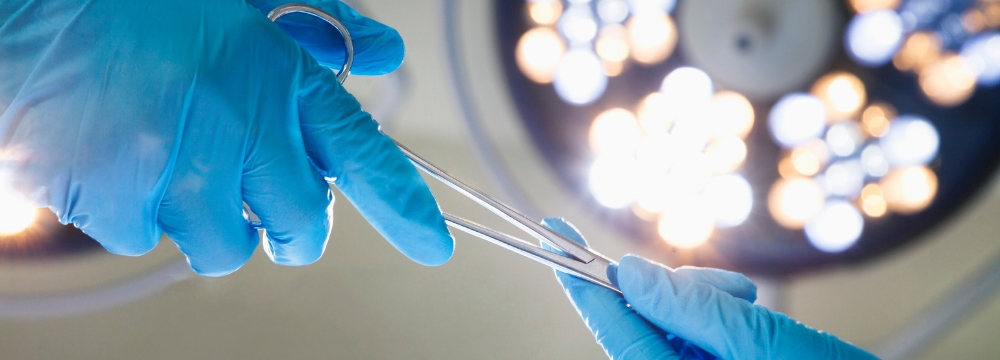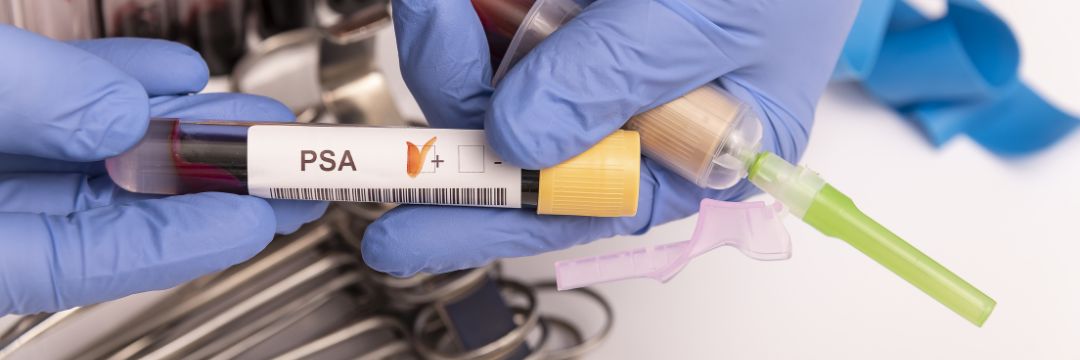
Urolift is a heavily-marketed, minimally invasive BPH implant therapy that many of you will come across during your research. This is a procedure I performed several years ago; however, I no longer prefer this as a first-line procedural option for most patients. While I’m happy to discuss UroLift with my patients openly and honestly, I believe that alternative minimally invasive and in-office BPH therapies are more suitable for most patients.
At one time, men seeking treatment for an enlarged prostate could expect a regimen that included a combination of prescription drugs, a specific diet, and exercise. But now, thanks to modern medicine, men can treat their enlarged prostate with several minimally invasive and in-office procedures.
About the Prostate and BPH
The prostate is a small but important gland in front of the rectum, just below the bladder. A part of a man’s reproductive system, the prostate gland helps create semen that mixes with sperm during ejaculation. As a man ages, the prostate tends to grow larger. About 50% of 50-year-olds and 80% of 80-year-olds will suffer from the symptoms of an enlarged prostate. If your prostate becomes too large, it can cause several health issues.
Having prostate problems can severely impact a man’s lifestyle. Men who suffer from an enlarged prostate or benign prostatic hyperplasia (BPH) frequently get up to urinate, have difficulty starting urination, experience a reduced stream, and may be unable to empty the bladder. Prostate problems can cause a lack of sleep, fatigue, and reduced quality of life.
The squeezing can create a blockage of the urine flow. If left untreated, BPH can develop into urinary retention or incontinence, bladder stones, and damage to the bladder and kidney.
How Urolift Works
Approved by the FDA, the UroLift System is a minimally invasive treatment for BPH designed to help men avoid medications and major surgery. The treatment can be done with local anesthesia at your urologist’s office during a one-time visit and requires about an hour to complete. You can expect to return home on the same day without bandages and catheters.
UroLift uses up to six tiny permanent implants to lift and hold the enlarged prostate out of the way of the urethra. This system removes the pressure placed on the urethra and restores normal urine flow. With this procedure, there is no removal of prostate tissue.
Men who undergo the UroLift procedure typically experience a significant improvement in their quality of life. Symptoms resolve in about two-to-four weeks after the procedure for most people, but everyone is different.
Benefits of UroLift
Clinical data show that UroLift has no effects on sexual or erectile function, and as an outpatient procedure, there is little downtime. Side effects are minimal – you may experience slight pelvic pain, spotting, or painful urination for the first week, but they will eventually resolve. More significant complications are rare.
UroLift offers many benefits as compared to medication and surgery, including:
- It is minimally invasive – no major surgical cuts are involved
- Minimal downtime – usually a few days
- Symptom relief within 2-3 weeks
- Long-lasting
- It does not cause unwanted sexual side effects
- Does not require continuous medications
- Men report good results and an improvement in the quality of their lives
Is UroLift Right for You?
The UroLift may be considered for men with an enlarged prostate who otherwise would depend on drug therapy for symptom relief. It is also an option for men who dread going under the knife for more invasive procedures.
Other Treatments to Consider: Rezum
While UroLift can be very successful in many patients, a recent study showed that Rezum, a prostatic tissue ablation technology using water vapor to destroy excess prostatic tissue, was significantly better than UroLift after three years, as were retreatment rates.¹ Ejaculatory dysfunction, however, showed greater improvement with UroLift. Further, one of the key selling points of UroLift is also a detriment. Because it does not destroy any prostatic tissue, and the prostate will continue to grow in the future, UroLift necessarily has a disadvantage versus a therapy that destroys this tissue. Longer-term data past five years should be forthcoming and will give us a better idea of the different outcomes. However, the likelihood is that a prostate treated with Urolift will eventually require a follow-on procedure that removes prostatic tissue.
Most importantly, I want my patients to understand that their options include incredibly effective non-surgical procedures. The next step is to schedule a consultation with my office to understand which approach may be best for you if you wish to move on from medication. It’s also worth noting that the minimally invasive procedures discussed in this article do not preclude further treatment with another in-office procedure or surgery in the future when prostatic tissue regrows.
Resources:
- Elterman D, Shepherd S, Saadat SH, Alshak MN, Bhojani N, Zorn KC, Rijo E, Misrai V, Lajkosz K, Chughtai B. Prostatic urethral lift (UroLift) versus convective water vapor ablation (Rezum) for minimally invasive treatment of BPH: a comparison of improvements and durability in 3-year clinical outcomes. Can J Urol. 2021 Oct;28(5):10824-10833. PMID: 34657655.









